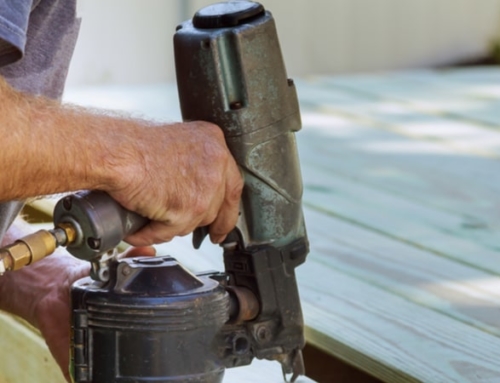Comment: You recently stated in a column there is only one true 100 loan available – a VA Loan. You are incorrect. The USDA Rural Development Guarantee Loan Program (www.rurdev.usda.gov) offers a 100 percent financing product, which has no PMI, down payment, no declining market considerations, no minimum credit score, or cash reserve requirements. There is a 2 percent funding fee, but it can be financed.
Almost all national lenders do the USDA Rural Development Loan Guarantee Program. Most state lending organizations, as well as most housing state authorities utilize the guarantee program, too. Since most 100 percent mortgage financing products have dried up, this program is getting more and more successful.
The program does have income and location requirements. But in the State of Michigan, for example, residents of every county are eligible for this loan except the big urban areas, including Detroit, Lansing, and Grand Rapids. Michigan, which did approximately 2,400 loans of this type last year is on track to do 4,800 this year.
Response: Thanks for mentioning this program which, due to current market conditions, is on track to grow significantly this year. But of the half-dozen lenders we interviewed for our story, none mentioned this program.
According to information provided by the USDA, the Rural Development Guarantee Loan Program is extremely flexible in its underwriting requirements. Borrowers can have a credit score of 620 and may spend up to 41 percent of gross monthly income on their mortgage, taxes, insurance and total debt payments each month.
You can borrow up to 102 percent of the purchase price (that includes the 2 percent funding fee, or 100.5 percent if you’re refinancing, which includes a 0.5 percent funding fee), and sellers or other third-parties may contribute cash towards a down payment.
For more information on this loan program, visit RurDev.USDA.gov.
Comment: In your article “Shop around to cut cost of insurance” you make some great points. Your first one, however, centers around shopping for price without regard to the type of coverage. Not all policies are the same and not all cover the risk the same way. If everything was equal in terms of coverage then your point of shopping for price without considering coverage differences would be valid.
Too many times in the insurance industry we recommend shopping just on price. In talking with people it seems many people are not aware of any differencesso they think they are shopping on an “apples to apples” basis when, in reality, that is not the case.
Let me give you a timely example: The standard homeowners’ policy excludes coverage for back-up of water. (I am not talking about flood coverage as that is excluded as well). In a typical situation, a storm comes through the area and knocks out power. Without power, the sump pump can’t operate and water backs up into the home.
In our area, this is the most frequent claim paid. And a standard policy does not provide this coverage. But it can be added to the policy. Some policies may have a limit on the damage caused by a backed-up sewer of $5,000 or $10,000 while others allow coverage all the way up to the amount of coverage on the home.
It is our experience that most people are not aware of this coverage–let alone the different amounts available. If they were shopping just on price, they could be at risk for not having proper coverage and end up with a basement full of water with no recourse. At the time of loss how important is it that they were able to save a few dollars?
By the way, the cost to have water back-up insurance is extremely reasonable with some companies automatically including it in their policy. How sad would it be for someone who had this coverage to switch–just based upon price–and end up with lower coverage or no coverage at all.
Response: You’ve made a great point about how you have to shop on an apples-to-apples basis, or you might as well not bother.
But the point that I hope really hits home for readers is the typical exclusion for back-up sewer coverage. As you mention, this is a relatively inexpensive add-on (like you, I’m not sure why this isn’t automatically included in policies), and if you don’t remember to buy it, and your sump pump fails or you have any other plumbing or sewer problem that could have been covered, you could be facing thousands of dollars in clean-up costs.
Check your homeowners’ insurance policies, folks, and make sure you have this coverage.
Comment: I was taken aback on your recent column when I read that the attorney for a home buyer gave the home inspection report to the seller’s attorney. Unless it was called for in the contract, or it was a bargaining chip in getting back the earnest money deposit that the buyers may lose, what right did the buyer’s attorney have for giving that report without the buyer’s permission? I hope there’s a good explanation. If not, there may be grounds for a complaint to the Bar Association.
Response: You have a point there. But we don’t know if that attorney was following the terms of the contract.
June 12, 2008






Leave A Comment